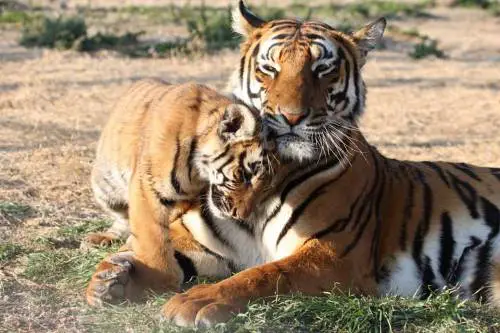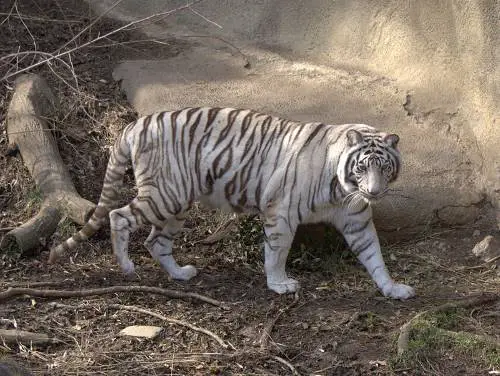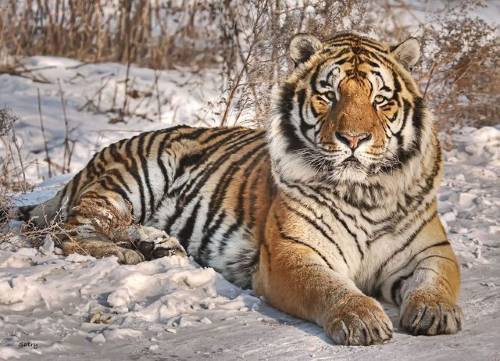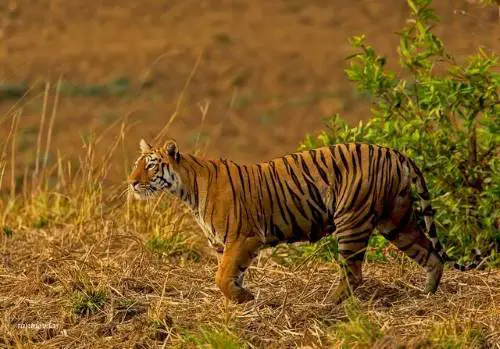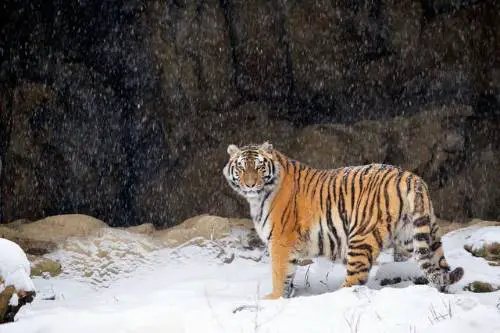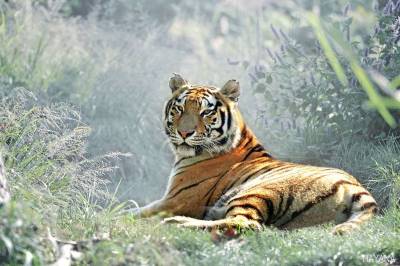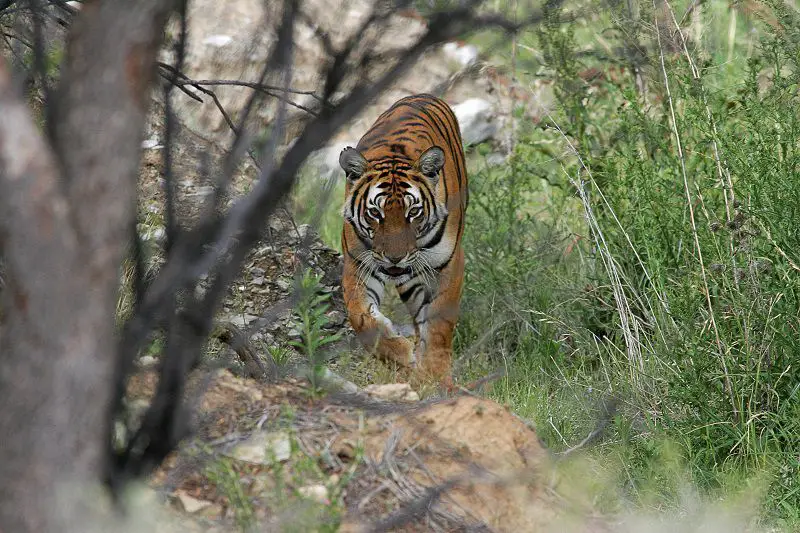
What Do South China Tigers Eat?
The south china tiger (Panthera tigris amoyensis) is a pure carnivore. It’s a large cat which is why it preys on medium-sized to large animals. As is typical of a tiger, the south china tiger likes to eat ungulates. It would consume large animals such as wild pig, gray langur,…

